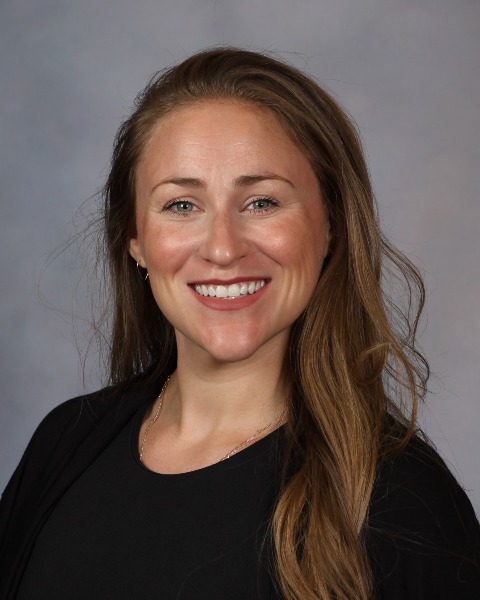Breast
E92: Early Compliance with Commission on Cancer Operative Standards for Breast Cancer Surgery

Jack W. Sample, II, MD
Surgical Resident
Mayo Clinic Rochester, United States
Jack W. Sample, II, MD
Surgical Resident
Mayo Clinic Rochester, United States- TH
Tanya L. Hoskin, MS
Principal Biostatistician
Mayo Clinic
Rochester, Minnesota, United States - JJ
Jeffrey E. Johnson, M.D.
Assistant Professor of Surgery
Mayo Clinic
Rochester, Minnesota, United States 
Mary M. Mrdutt, MD, MS
Assistant Professor of Surgery
Division of Breast and Melanoma Surgical Oncology, Department of Surgery, Mayo Clinic, Rochester, MN, USA
Rochester, Minnesota, United States
Mara A. Piltin, D.O. (she/her/hers)
Assistant Professor of Surgery
Mayo Clinic
Rochester, Minnesota, United States
Judy C. Boughey, MD (she/her/hers)
Chair, Division of Breast and Melanoma Surgical Oncology
Mayo Clinic
Rochester, Minnesota, United States
Amy C. Degnim, M.D.
Professor of Surgery
Mayo Clinic
Rochester, Minnesota, United States
Tina J. Hieken, MD
Professor of Surgery
Mayo Clinic
Rochester, Minnesota, United States
ePoster Abstract Author(s)
Author(s)
Submitter(s)
T
To improve cancer care, the American College of Surgeons Cancer Programs published Operative Standards for Cancer Surgery defining critical elements of cancer surgery. Selected elements were incorporated as Commission on Cancer (CoC) standards required for cancer center accreditation as of January 1, 2023. Compliance requires surgeon documentation in synoptic format of each element of each standard. Here we report our compliance data for CoC Standards 5.3 (7 elements) and 5.4 (4 elements) addressing sentinel lymph node (SLN) surgery and axillary lymph node dissection (ALND) for breast cancer, respectively, and the impact of our interventions for awareness and improved compliance.
Methods:
After IRB approval, we identified patients from our prospective breast surgery database granting research consent who underwent axillary surgery for breast cancer 1/1/2023-6/30/2023. Operative reports were reviewed for compliance with each element of Standards 5.3 and 5.4 and classified as fully compliant with every element versus non-compliant with one or more element(s). After a Q1 data audit the aggregate data were shared. After a second audit including Q2 data, cases not fully compliant were summarized in a direct communication to individual surgeons requesting operative note addenda to correct the deficiency.
Results:
309 patients (median age 58) with 321 breast cancers (81% cN0, 19% cN+) had axillary surgery, which was SLN surgery in 275 (86%), ALND in 21 (7%), and both in 25 (8%). Overall documentation was fully compliant in 61% for Standard 5.3 and 93% for Standard 5.4. Regarding SLN surgery, full compliance improved from 58% in Q1 to 64% in Q2. Failure to record a response as “not applicable” regarding tracer use to identify SLNs in the neoadjuvant setting was the most deficient element (28% deficient) and, in general, failure to record “not applicable” for elements conditional on setting (upfront surgery versus neoadjuvant) contributed to non-compliance in 36% (109/300) of SLN cases. Regarding ALND, overall compliance was 100% in Q1 and 86% in Q2. Post-audit personalized communication intervention improved full compliance with Standard 5.3 to 77% and Standard 5.4 to 100%, meeting 2023 CoC requirements.
Conclusions:
Our initial early compliance rates for the new CoC breast cancer surgery standards were 61% for SLN surgery and 93% for ALND. Failure to mark an element as “not applicable” was the most common reason for non-compliance and was improved with personalized education. Education on “not applicable” fields will help sites and surgeons improve compliance.
Learning Objectives:
- describe Commission on Cancer operative standards for breast cancer surgery
- identify early compliance rates with operative standards for breast cancer surgery
- describe strategies for improved awareness and compliance with the Standards
